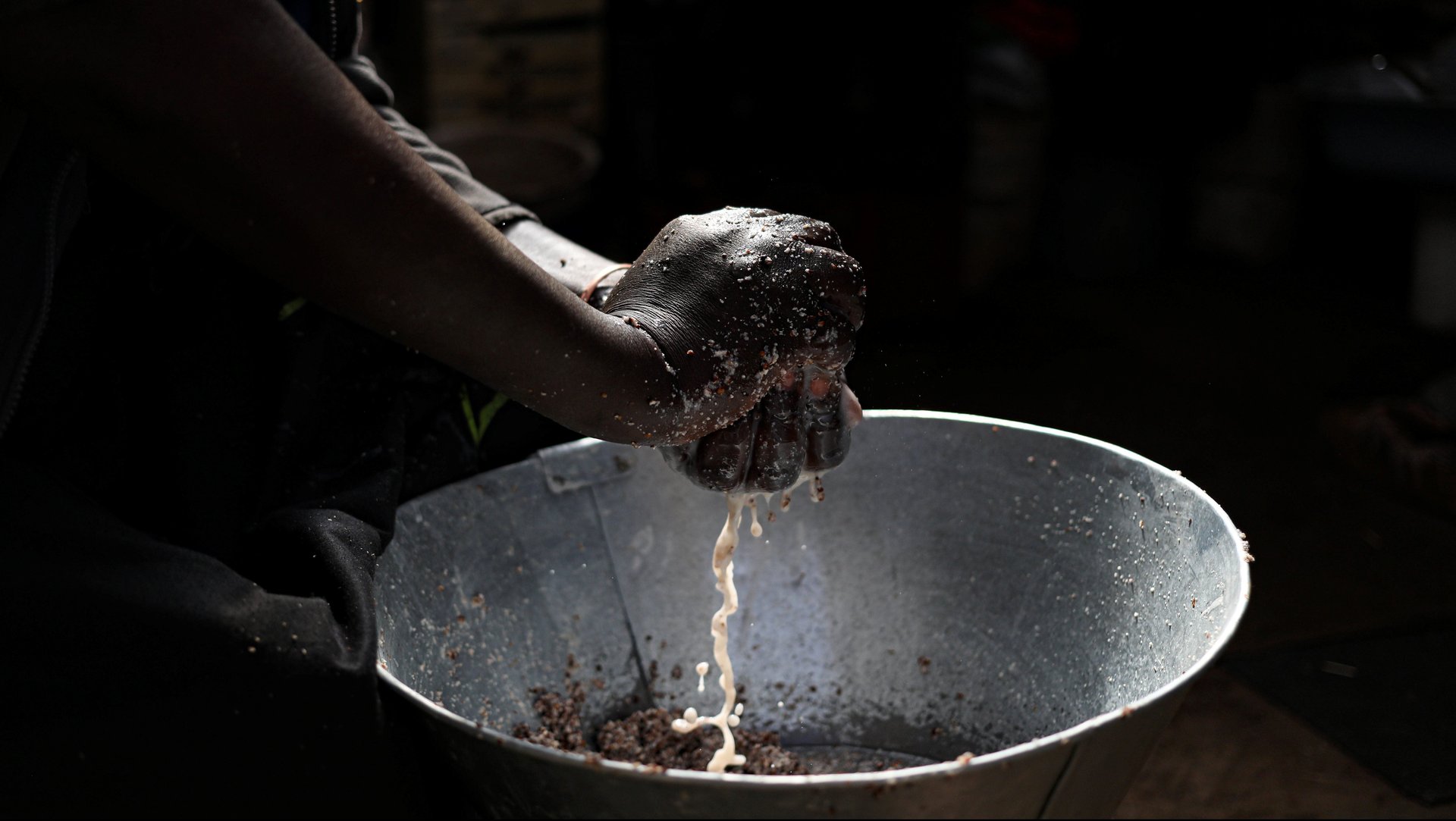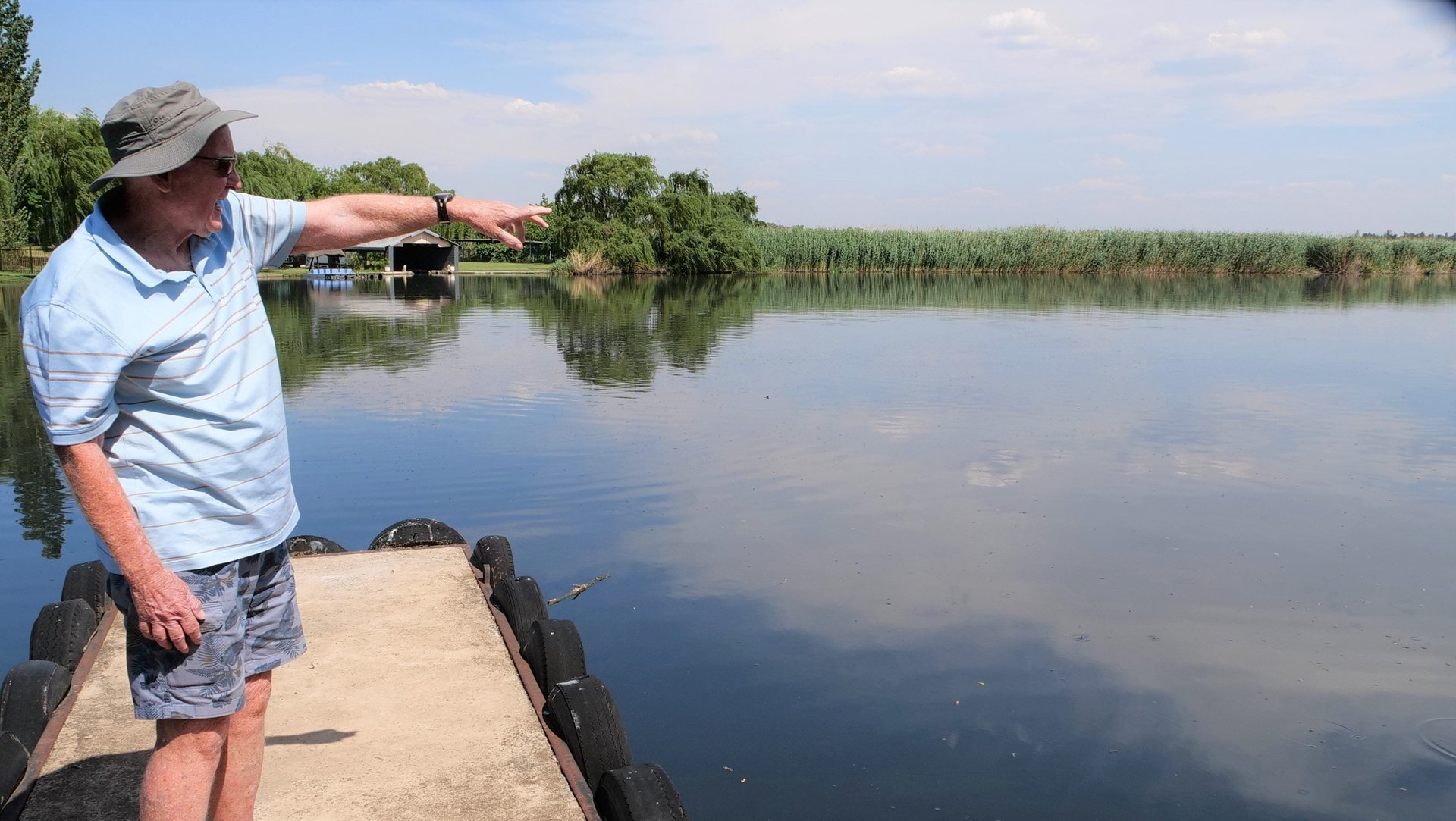Africa’s biggest air polluter is now battling sewage flows into a major water source
Years of water contamination from raw sewage is plaguing one of South Africa’s biggest water bodies, the Vaal Dam, on which about 19 million people depend, according to a report released this month by the South Africa Human Rights Commission (SAHRC).


Years of water contamination from raw sewage is plaguing one of South Africa’s biggest water bodies, the Vaal Dam, on which about 19 million people depend, according to a report released this month by the South Africa Human Rights Commission (SAHRC).
Situated about 140 km (87 miles) from Johannesburg, the Vaal river system is a major source of drinking, household, and commercial water for the three large provinces it straddles, including the commercial capital of Gauteng.
The news is deepening South Africa’s reputation as the hub of pollution on the continent. The country of 58 million is already the biggest air polluter in Africa, and saw a 1.5% increase in carbon emissions in 2019, according to the 2020 Global Carbon Budget 2020 report. It relies on coal to power its electricity, which constitutes 80% of its energy requirements.
The conclusion by the SAHRC that the Vaal’s contamination constitutes a human rights violation has brought to the fore the need for greater accountability and refocused efforts in management of the country’s environment and waste.
Water from the Vaal Dam is pumped to 13 municipalities, 40 mines, and 926 industries in and around the Gauteng province. The report found that untreated sewage has been entering the 1,300 km (807 mile) Vaal river system because of inoperative and dilapidated wastewater treatment plants from surrounding municipalities since at least 2015. The issue was initially covered by local and international news outlets, prompting an investigation by the commission into whether it constituted a human rights violation.
“In the absence of timely and effective response from the multiple spheres of government, Gauteng’s most vital water resource may very well have been irreparably damaged,” says the report.
Moreover, the impact on biodiversity and human life has been far-reaching, according to ecologists and environmentalists. “What we have seen with the Vaal pollution is the deterioration of ecology and biodiversity. If these environmental injustices are not addressed we are not going to have an environment left,” said Maureen Stewart, environmentalist and vice-Chairperson for Save the Vaal Environment lobby group. “There isn’t any consequence management for those in charge of water and sanitation in municipalities. Nobody is taking responsibility.”

The report emphasized the economic importance of the dam and river system, and that the human and commercial costs of the contamination extend to farm dams between and around the sewerage plants. The spilling of raw sewage has been discouraging investment into tourism and recreation activities that would have helped to create employment. This is at a time when unemployment in South Africa was this week shown to have risen to 32.5%.
“The contamination of the Vaal has caused job losses,” explained Stewart. “There is tremendous opportunity in downstream industries, but people don’t want to do activities such as river rafting because of the bad quality of the water.”
The South African auditor general recently revealed irregular and wasteful expenditure by the Department of Environment, Forest and Fisheries (DEFF) amounting to $204 million, and there is growing pressure on president Cyril Ramaphosa’s administration to act on worsening environmental and governance issues. Gauteng province legislators say they are studying the report in order to take action.
Thandile Chinyavanhu, a climate campaigner with Greenpeace Africa, has criticized the country’s “underspending in environmental programs” which amounts to a “lack of commitment to environmental and social justice”.
As if this was not enough, the Vaal is battling a new threat after water lettuce, an invasive alien species, was reported along the river for the first time. Save the Vaal Environment believes that the opening of sluice gates at the Vaal Dam in February has facilitated the rapid spread of water lettuce downstream, damaging aquatic life along the way.